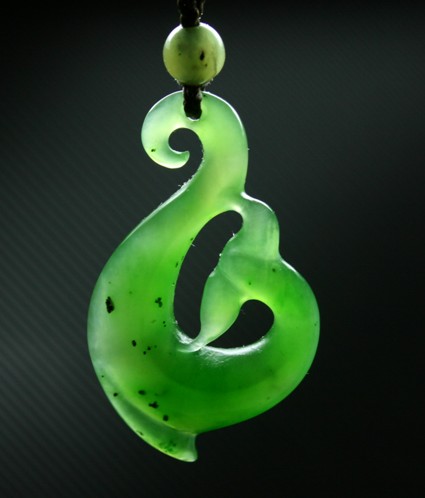The world's largest cut aquamarine gem came on display at Museum of Natural History only last week. Unlike the Hope Diamond, which has its own Harry Winston display room, Dom Pedro is, at least for now, stuck by the door of the gem display room. This morning, I walked past the glass case twice before finally seeing it.
It is beautiful in a way entirely different from all the other jewels and gems in the room. Not just because it is large, standing 14 inch tall and nearly 5 pounds in weight. Not only because its haunting blue-green clarity reminds me of swimming in Hawaii. It is all these, plus the ingenious "negative cuts" into the back sides of the obelisk, which creates an illusion of light glowing from within. But that is not all. There was something else, something distinctive, that puzzled me as I strolled from one end of the room to the other, comparing the exquisite rubies and intense sapphires set in silver or gold or platinum rings or necklaces with the unadorned Dom Pedro.What makes it so distinctive in this room?
Compare Dom Pedro with, for example, the diamond necklace Napoleon gave to Josephine:
Or the astonishing Hope diamond:
Or, one of my favorite, the star sapphire:
Finally it dawned on me hours after I went home: Most gems and jewels are cut and set in a way that suggests femininity, while Dom Pedro, with its phallic shape, straight lines, and sharp angles, is unmistakably masculine. One can find absolutely no curve in this massive piece of gem. Even the cold, hard, and sharp diamonds are usually cut into shapes that somewhat suggest rounded edges or curved surfaces in order to temper the fragility of straight lines. Not Dom Pedro.
I can imagine the jewel designer Munsteiner chose to cut it just so because of the original cylindrical shape of the uncut beryl. Perhaps he decided that an obelisk was the best viable choice to preserve the most amount of the gem. Or perhaps, I suspect, this was an artistic statement to depart from the traditional feminine cuts of most gems. And how serendipitous to have Dom Pedro housed in one of the museums lining the National Mall, looking out to the Washington Monument.
Somehow this ultra-angular aquamarine reminds me of the ultra-curvy jade carvings of New Zealand's Maori tribes. In the abstract shapes of fish, fishhooks, waves, and animals, there is never a straight line.






2 comments:
To me most jewels are intended to decorate power (crowns) or beauty (feminine cut). This piece is far more architectural and independent
有道理,Dom Pedro 是不能戴在身上的,它不装饰别人,独立于世。
Post a Comment